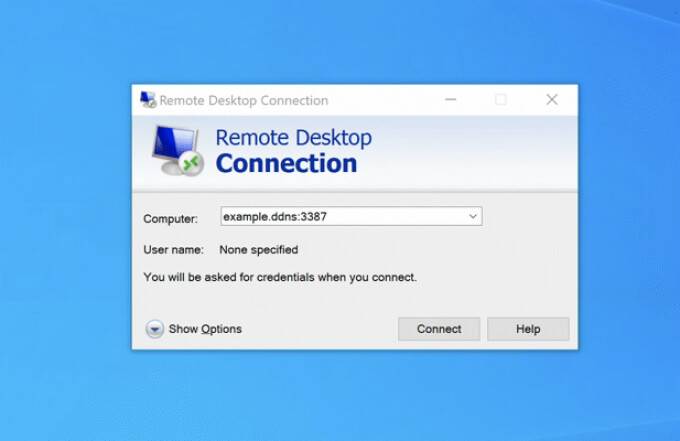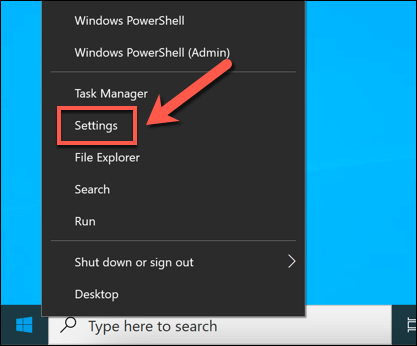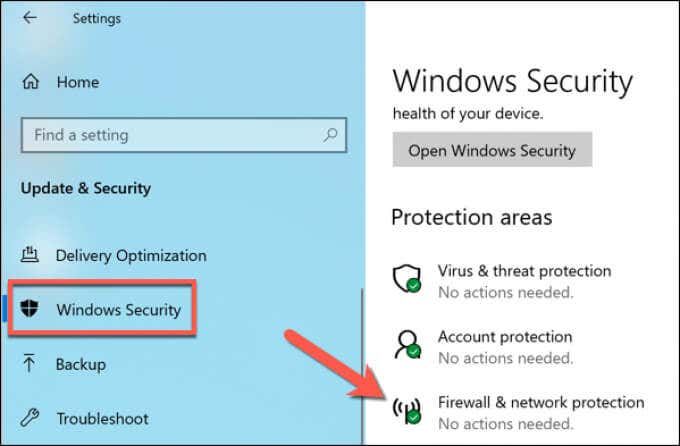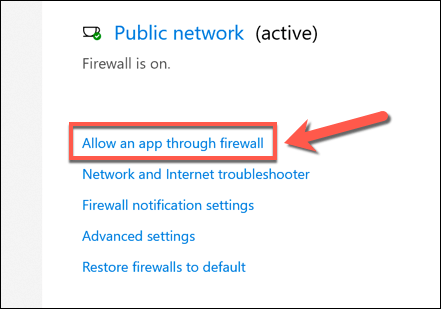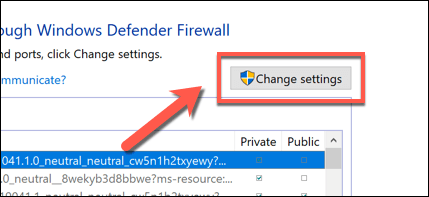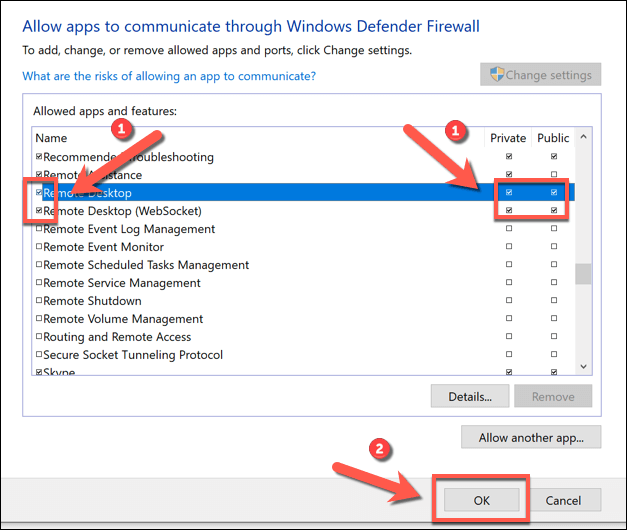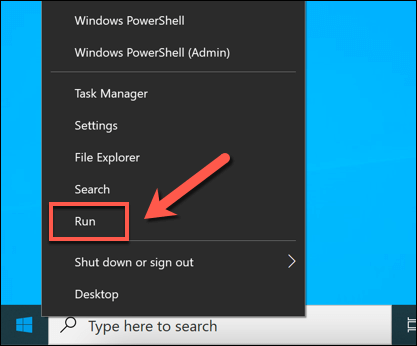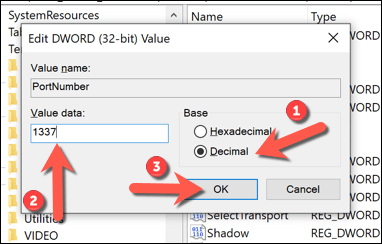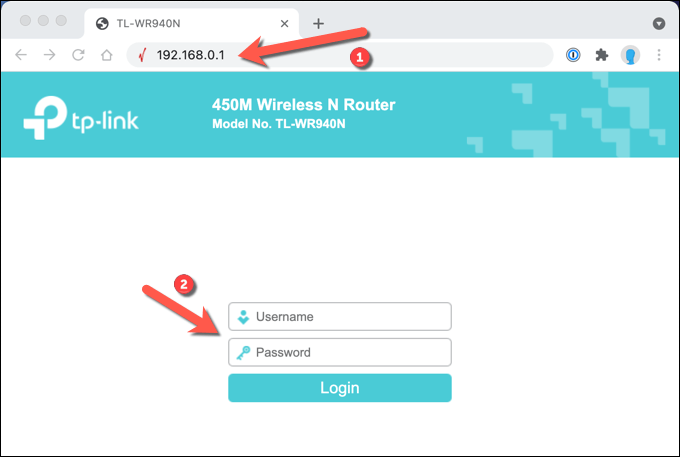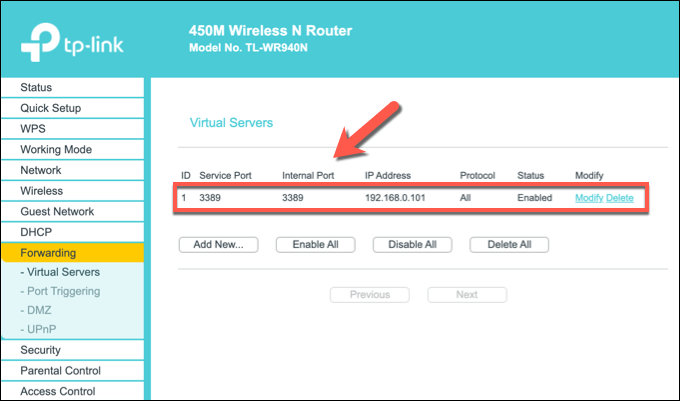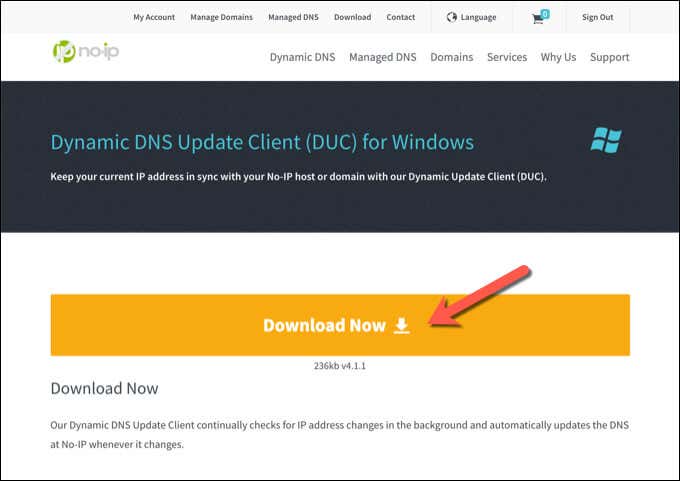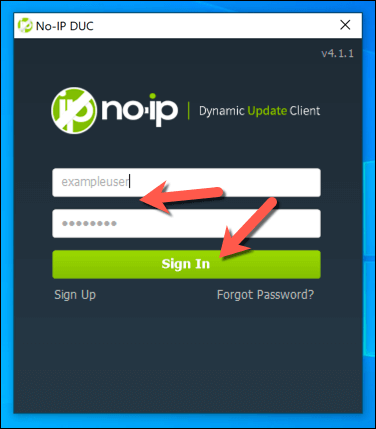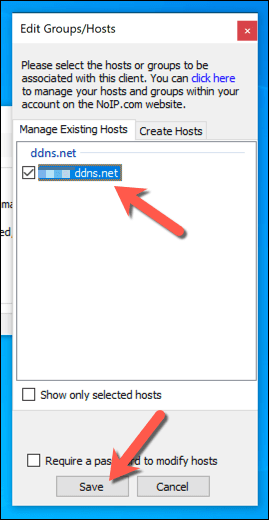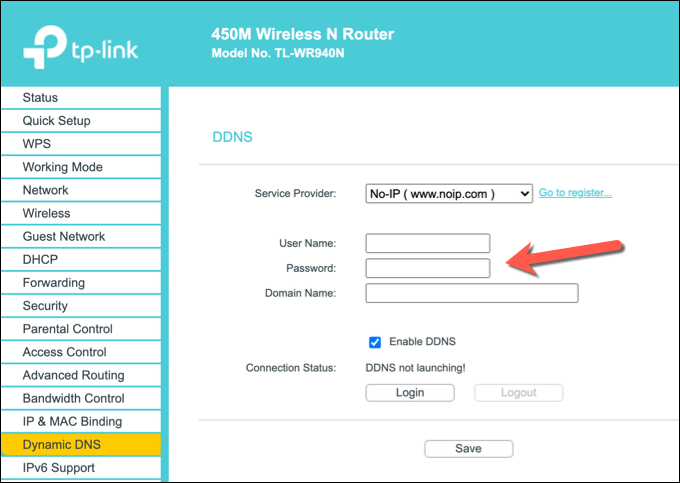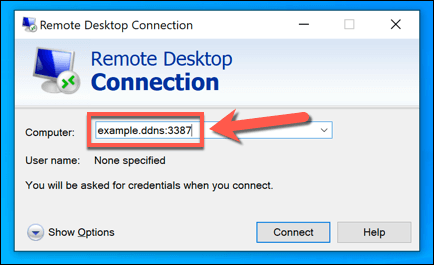There are some steps you’ll need to take before you’re ready to connect to a Windows PC remotely. You’ll need to configure Remote Desktop through your router, ensuring that the necessary ports are open and that port forwarding is active. To do this and use Remote Desktop remotely, you’ll need to follow these steps.
Configuring Windows Firewall to Allow Remote Desktop Access
Before you can configure Remote Desktop connections through your router, you’ll need to make sure that Windows will allow ingoing and outgoing connections to your PC.
Changing the Default RDP Port on Windows 10
You have set up Windows Firewall to allow RDP (Remote Desktop Protocol) connections. Now, you should change the default RDP port used by Windows for RDP connections from port 3389 to an alternative port number. This is because the risk of Remote Desktop Protocol attacks is extremely high. While changing ports isn’t the only way to secure your RDP connections, it will help to slow down and limit the risks from random, port scanning bots that search for open RDP ports on your router. Once you’ve made the changes to the default RDP port number, you’ll need to restart your PC. Any connections you make to your PC using RDP moving forward will need to be configured using the port number you selected (eg. 10.0.0.10:1337 rather than 10.0.0.10:3389).
Enabling Port Forwarding on Your Network Router
You can now begin to configure your router to allow connections from the internet to your PC on your local network. The first step in this process is to enable port forwarding on your router without letting hackers in. With the RDP port mapped, port forwarding should be active and ready to allow Remote Desktop connections over the internet. You should be able to connect to your PC remotely using your public IP address and RDP port number, with your network router forwarding the requests to your PC.
Mapping Your IP Address Using a Dynamic DNS Service
Once port forwarding is active, you should be able to make Remote Desktop connections over the internet as long as the port forwarding rule is active, your PC is switched on and connected to your router, your internet connection is active, and your public IP address remains the same. However, if your ISP uses dynamic IP addresses (IP addresses that regularly change), you won’t be able to connect if or when your public IP address changes. To get around this problem, you can map your IP address using a Dynamic DNS service so that, when your IP address changes, you can still make connections remotely. Before you can use a Dynamic DNS service, however, you’ll need to set up an account with an appropriate provider like No-IP.
Alternatives to Remote Desktop
The steps above should allow you to configure Remote Desktop connections through your router. However, if your Remote Desktop connections aren’t working, or you’re unhappy with the quality, there are alternatives to RDP available. For instance, apps like TeamViewer will allow you to connect to your PC with ease. You can also use various Remote Desktop management tools to maintain your connections, or you could think about setting up a VPN to establish connections to your remote PC instead. You may also want to consider how to remotely shutdown or restart your PC to reset your PC if you run into problems.
